Disclosure: This article contains affiliate links. We may earn a commission from purchases at no extra cost to you, which helps our travel content.
The moment I stepped out of my rental car in downtown Williston, the warm summer breeze carried whispers of stories untold. Most travelers bypass this corner of North Dakota, seeing only oil rigs punctuating the horizon like modern-day monuments to industry. But beneath this boom-town veneer lies a cultural tapestry woven from Indigenous wisdom, pioneer grit, and immigrant dreams. After three decades analyzing risk in my insurance career, I've learned that the most rewarding journeys often hide in overlooked places. This weekend adventure proved that theory beautifully.
Finding the Soul of the Badlands
My journey began at the Fort Union Trading Post National Historic Site, just 25 miles southwest of Williston. Standing at the reconstructed trading post where the Missouri and Yellowstone rivers converge, I closed my eyes and felt the convergence of histories – the Assiniboine, Crow, Cree, Blackfeet, Ojibwa, and Hidatsa peoples who once traded here alongside European fur trappers.
The park ranger, a Hidatsa woman named Marie, shared stories passed through generations about this once-bustling nineteenth-century commercial hub. 'This wasn't just commerce,' she explained, 'but cultural exchange that shaped the American West.'
I spent hours exploring the reconstructed fort, my fingers tracing the rough-hewn logs while imagining the voices that once filled these spaces. The gift shop offers beautiful, authentic Native American crafts – I purchased a small dreamcatcher made by a local Assiniboine artist that now hangs above my bed in Las Vegas, a tangible reminder of this place where worlds collided.
For the best experience, I recommend bringing a good pair of walking sandals as you'll be covering uneven ground and potentially muddy areas if it's rained recently.

💡 Pro Tips
- Arrive at Fort Union early (around 9am) to catch the morning ranger talk which provides crucial historical context
- Bring cash for purchasing authentic Native American crafts from local artisans who sometimes sell on-site
- Pack a picnic lunch to enjoy along the Missouri River with spectacular views
Prairie Wisdom at the Missouri-Yellowstone Confluence
The confluence of the Missouri and Yellowstone rivers isn't just a geographical landmark – it's a spiritual one. As I stood at the Missouri-Yellowstone Confluence Interpretive Center, watching these mighty waters merge, I was reminded of how life's paths converge in unexpected ways. My own journey from insurance agent to travel chronicler felt reflected in these waters – separate streams finding common purpose.
The center itself is small but thoughtfully curated with exhibits on the Lewis and Clark expedition, regional ecology, and the significance of this confluence to Indigenous peoples. I spent a meditative hour on the observation deck, my compact camping chair making it comfortable to simply observe the flowing waters and contemplate the countless human stories that have unfolded here.
A local elder named Thomas approached me as I sat in contemplation. 'The waters remember everything,' he said softly. We talked for nearly an hour about the changes he'd witnessed in his 80 years – the coming of the oil boom, the environmental challenges, but also the resilience of the land and its people. These unplanned encounters are the true gold of solo travel.

💡 Pro Tips
- Visit near sunset when the light on the confluence creates spectacular photography opportunities
- Bring binoculars for excellent birdwatching – bald eagles are common sights
- Check the center's schedule for cultural demonstrations by local Indigenous artisans
Oil Boom Meets Prairie Traditions
Williston's downtown tells a story of contrasts. Modern buildings funded by oil wealth stand alongside century-old structures that have weathered boom-and-bust cycles for generations. I started my exploration at the Frontier Museum, housed in an original 1911 schoolhouse. The volunteer docent, Betty – a fourth-generation North Dakotan – guided me through exhibits showcasing everything from Indigenous artifacts to oil drilling equipment.
'People think we're just an oil town now,' Betty confided, 'but we've always been more than that.'
For lunch, I avoided chain restaurants and instead found myself at Basil, a surprisingly sophisticated farm-to-table restaurant where local ingredients meet global flavors. The chef sources ingredients from area farms, creating a menu that reflects both prairie traditions and contemporary tastes. My bison burger with chokecherry sauce was a revelation.
The afternoon brought me to the Five Nations Art Depot, a cooperative gallery showcasing work from artists representing the five tribal nations with historical ties to the region. I purchased a small painting depicting the badlands at dawn – now hanging in my home office where it reminds me daily of North Dakota's understated beauty.
In the evening, I attended a community powwow happening coincidentally during my visit. The rhythmic drumming, intricate regalia, and multigenerational participation showed a living culture, not a museum piece. I was grateful for my moisture-wicking shirt as the summer evening remained warm even as the sun set over the prairie.

💡 Pro Tips
- Check the Williston CVB website before visiting as powwows and cultural events happen throughout summer but aren't always well-advertised
- Respect photography protocols at Indigenous events – always ask permission before taking photos
- Support local artists by purchasing directly from the Five Nations Art Depot rather than gift shops
Badlands Solitude: The Spiritual Side of North Dakota
My final day led me to the lesser-known sections of Theodore Roosevelt National Park's North Unit, about an hour's drive from Williston. While most visitors flock to the South Unit, I found the North Unit offered more solitude and equally spectacular scenery. The 14-mile scenic drive takes you through a landscape that feels almost primeval – bison grazing against a backdrop of striated buttes, prairie dog towns chattering with activity, and the occasional bighorn sheep navigating impossible-looking cliffs.
I arrived at the Oxbow Overlook before dawn, bundled in my thermal blanket against the morning chill. As the sun crept over the horizon, painting the badlands in shades of amber and rose, I practiced a brief meditation – connecting with a landscape that has witnessed centuries unfold.
For those seeking deeper solitude, I recommend the Caprock Coulee Trail. This moderate 4.1-mile loop takes you through diverse terrain – from prairie grasslands to juniper forests to the iconic badlands formations. Bring plenty of water and sun protection, as shade is scarce and summer temperatures can soar. My wide-brim hat was essential protection against the intense prairie sun.
The silence here speaks volumes. Unlike the crowded pathways of more famous national parks, I encountered only two other hikers during my four-hour trek. A pronghorn antelope watched me curiously from a ridge – two solitary figures sharing a moment of quiet acknowledgment across species boundaries.
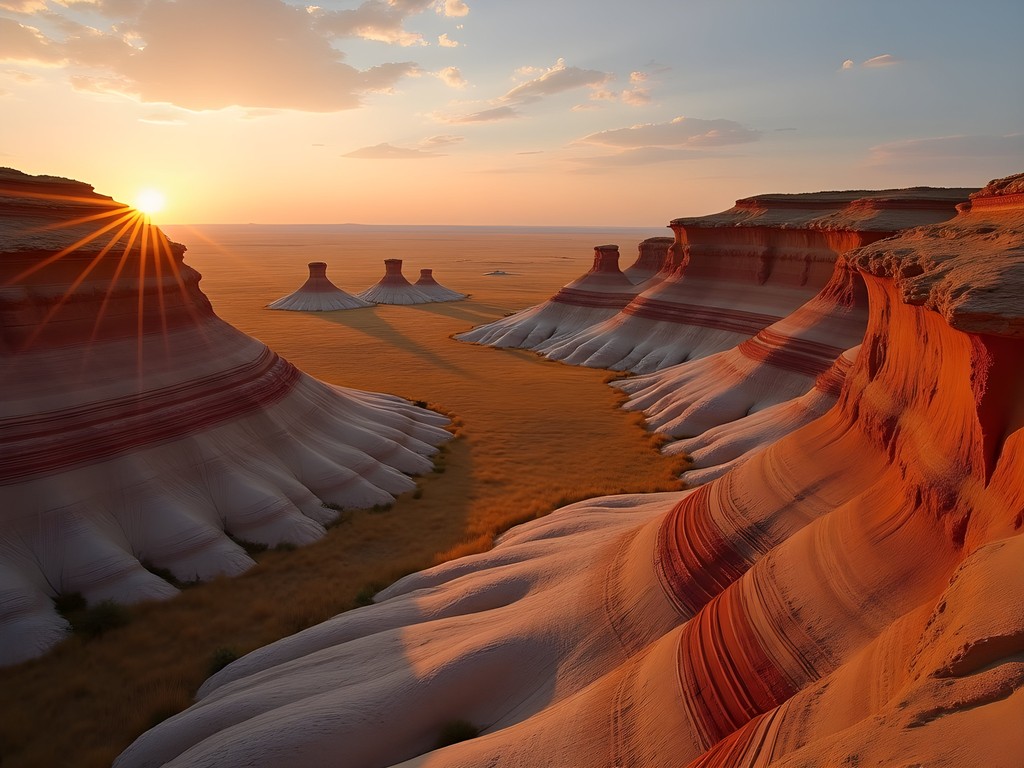
💡 Pro Tips
- Start hikes early (before 8am) to avoid afternoon heat and catch wildlife at their most active
- Download offline maps as cell service is nonexistent in much of the park
- Bring at least 2 liters of water per person even for short hikes – the dry air dehydrates quickly
Conversations with Locals: Beyond the Stereotypes
The heart of cultural travel isn't just in museums and monuments – it's in conversations with those who call a place home. My last evening in Williston, I found myself at Books on Broadway, a charming independent bookstore with a small café attached. Armed with a cup of locally roasted coffee and my travel journal, I settled in for some reflection time.
The owner, Chuck, noticed me writing and struck up a conversation. Soon, we were joined by a young oil worker named James and a retired schoolteacher called Meredith. Our impromptu gathering lasted hours as they shared perspectives on Williston's transformation – the benefits and challenges of the oil boom, the influx of workers from across the country, and how the community works to maintain its identity amid rapid change.
'People see the oil rigs and think that's all we are,' Meredith said, echoing a sentiment I'd heard throughout my visit. 'But we've been here long before the boom and we'll be here after.'
James, who had moved from Louisiana five years earlier, offered a different perspective: 'I came for work but stayed because I found community. People here look out for each other.'
These conversations revealed the complex reality beneath easy stereotypes about rural America and boomtowns. Chuck recommended several books by local authors, and I purchased 'Prairie Fire' – a collection of poetry by North Dakota writers that captures the spirit of this misunderstood region far better than any guidebook could.

💡 Pro Tips
- Visit Books on Broadway for their excellent selection of regional literature and frequent author events
- Ask locals for recommendations – they'll often suggest experiences no guidebook mentions
- Be respectful when discussing the oil industry – it's a complex issue with real impacts on local lives
Final Thoughts
As my rental car pointed east toward the Williston airport, I watched oil pumps nodding rhythmically against the prairie sky – mechanical sculptures telling just one chapter of a much richer story. Williston taught me that cultural heritage doesn't always announce itself with grand monuments or tourist attractions. Sometimes it whispers through the voices of elders sharing stories by a river confluence, or in the careful brushstrokes of Indigenous artists reclaiming narrative through art.
At 60, I've learned that the most rewarding travel often happens in places others overlook. My insurance career taught me to look beyond surface appearances to find hidden value – a skill that serves me equally well in travel. Williston may not make many 'must-visit' lists, but for the cultural traveler willing to listen deeply and move slowly, it offers profound connections to American history, Indigenous wisdom, and the ever-evolving story of the Great Plains.
I came seeking cultural heritage beyond the oil boom and found exactly that – along with unexpected lessons about resilience, community, and the enduring spirit of a place that refuses simple categorization. The next time someone mentions North Dakota only for its oil fields, I'll smile knowing I've glimpsed the beating heart beneath the industrial veneer.
✨ Key Takeaways
- Williston offers profound cultural experiences for travelers willing to look beyond oil boom stereotypes
- Indigenous heritage remains vibrant through art, powwows, and cultural centers throughout the region
- The confluence of the Missouri and Yellowstone rivers provides both historical context and opportunities for reflection
- Local connections and conversations reveal the true character of this misunderstood region
- Summer visits allow access to outdoor experiences that connect visitors to the spiritual nature of the landscape
📋 Practical Information
Best Time to Visit
June through August
Budget Estimate
$400-600 for a weekend (lodging, car rental, food, activities)
Recommended Duration
3-4 days
Difficulty Level
Moderate (Requires Rental Car And Advance Planning)


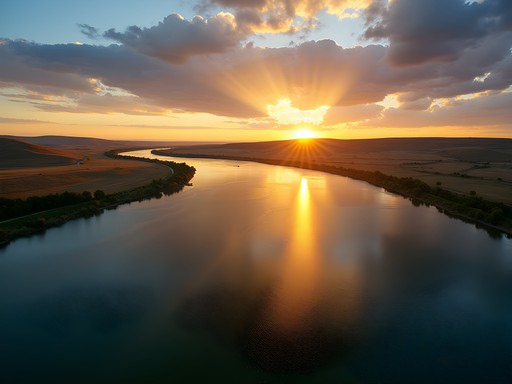
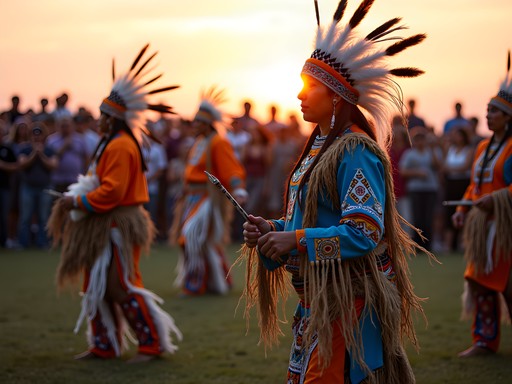





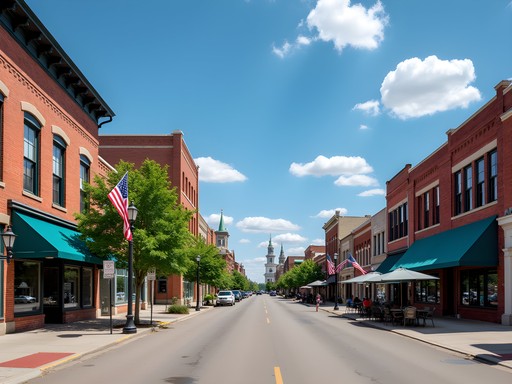

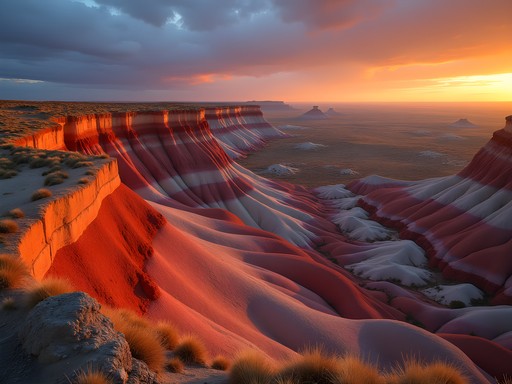




Comments
redexplorer
Great post! I grew up near Williston before moving away. If anyone's visiting, try to catch the summer powwow at Fort Buford - amazing traditional dancing and you can try authentic Native American fry bread. Also, the Heritage Park has old homestead buildings that show what life was like for early settlers. Brings back memories seeing my hometown featured beyond just the oil boom stories!
adventurelover
Just got back from a work trip to the Bakken and extended it by 3 days to explore after reading this. So glad I did! The Fort Union Trading Post was fascinating, and I loved the small local history museum downtown. Rented a car and drove out to the badlands at sunrise - absolutely worth the early alarm. Used my compact binoculars to spot some pronghorn antelope. The locals were incredibly friendly too, got some great tips from the hotel staff about lesser-known spots. Thanks for inspiring me to look beyond the oil fields!
redexplorer
Were the museums crowded? Planning to visit in July and wondering if I need to book anything in advance.
adventurelover
Not at all! Had most places practically to myself, especially early in the day. July might be busier but I doubt you'd need reservations for anything except maybe accommodation.
coolking
Never would've put Williston on my radar. Cool perspective!
Sage Dixon
This resonates so deeply with me, Audrey. I visited Williston three years ago expecting nothing but oil fields and man camps, but found myself captivated by those same badlands. The Missouri-Yellowstone Confluence was magical at sunset - I sat there for hours watching the light change. The Fort Union Trading Post tour was unexpectedly fascinating too. The contrast between industrial present and historical past creates such a unique energy there. Your section on 'Prairie Wisdom' perfectly captures that feeling of timelessness I experienced. Beautifully written!
Audrey Fields
Thanks Sage! The confluence at sunset is truly special - glad you got to experience that magic too. There's something about those wide open spaces that puts everything in perspective.
journeymaster
Never thought of Williston as a cultural destination! Did you check out any local restaurants worth mentioning? Planning a cross-country trip and might stop there.
Audrey Fields
Yes! Don't miss Williston Brewing Company - they have amazing bison burgers and local craft beers. Also, a small family place called Doc's Diner has the best homemade pies I've ever tasted.
journeymaster
Awesome, thanks! Adding those to my list.
mountainclimber
Love finding these hidden gems! The contrast between oil rigs and historic sites sounds fascinating.
islandtime
My grandparents lived in Williston before the big oil boom. Visited last summer and barely recognized it! But we found this little historical society museum that had photos of how it used to look. The lady running it even recognized my grandpa in one of the old farming community photos! That spiritual connection to the badlands you mentioned is so real - there's something about that landscape that stays with you. Thanks for highlighting the cultural side instead of just the industrial stuff everyone focuses on.
escaperider
Love how you found beauty where most people just see industry! Added to my bucket list.
journeyblogger
How many days would you recommend for exploring Williston and the surrounding area? Is it doable as a weekend trip or should I plan for longer?
Audrey Fields
I'd recommend at least 3 days to really appreciate it without rushing. One day for the town itself and its museums, one for the Missouri-Yellowstone Confluence area, and one for exploring the surrounding landscape. If you can add a fourth day for Theodore Roosevelt National Park, even better!
Mason Sullivan
This post hit home for me. I spent two weeks in Williston last year on a shoestring budget, crashing at the Sunshine Motel ($45/night!) while exploring those same badlands you described. The contrast between oil workers and third-generation farmers sharing the same diner booth was like watching two Americas overlap. I found this amazing elderly couple who ran a small crafts shop downtown who taught me how to make traditional prairie dolls while telling stories about how the town changed. Used my travel journal to document all their tales - filled nearly half of it just from their stories! The Missouri-Yellowstone Confluence was magical at sunset. Your piece captures that strange magic of places overlooked by typical travel itineraries.
bluelover
That Sunshine Motel still exists?? I thought all those old places were gone with the oil boom! Definitely checking it out next time.
Mason Sullivan
Still there as of last year! Nothing fancy but clean and the owner has amazing stories if you ask.
Venture X
Premium card with 2X miles, $300 travel credit, Priority Pass